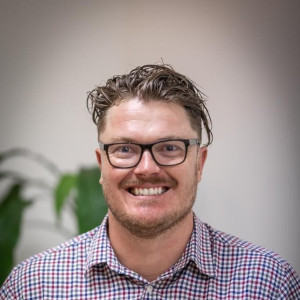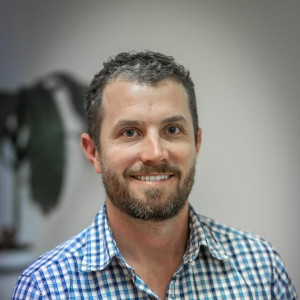Q: How do you explain the positive impact of footwear on people who experience homelessness?
A: Lack of footwear or quality footwear leads people to be more susceptible to a range of foot conditions or injuries, such as insect bites or various trauma. We start with what we all know, which is that hygiene is important for a healthy body. Logic follows that the ability to collect a range of footwear helps us to fit the shoe to the right person and improve the musculoskeletal conditions for those who rely on their feet to access services, transport and food.
Q: Where do you get most of your footwear from?
A: Mostly from donations from patients and podiatrists that have bin collections. We also get them from footwear companies, such as The Athlete’s Foot and Injinji, who offer us return samples and sample runs and also donate socks.
Q: How can the community get involved with the initiative?
A: Depending on where they’re located, we hope to extend this volunteer network into other states post-COVID. On a volunteer basis people can incorporate our ideas and use their own networks to expand on our ideas, which can help their own communities.
The larger community can donate their shoes and learn from health care professionals to be more mindful of the issues that benefit donations. For example, donating a few months earlier than they normally would if they are more aware of the cause. This helps the shoe to present in better condition.
Finally, resources can come from the health care professional community to help educate our clients and footwear providers on reusing shoes and creating a distribution network to get them onto the feet of those who experience homelessness.
Q: What sizes are currently sought after?
A: We’re seeking men’s sizes 9 to 13 in running shoes from neutral to support 4E width. Also, women’s sizes between 7.5 to 9, and up to 2E in neutral to support shoes.
Lastly, work-specific fittings are important to help people return to the workforce. So we are always seeking hospitality, steel capped and other work specific shoes.
Q: Is there a particular type of shoe that is more beneficial?
A: Typically, a running shoe or walking shoe that is specific for conditions that can benefit the recipient who may have the same challenges in their feet or lower limbs.



